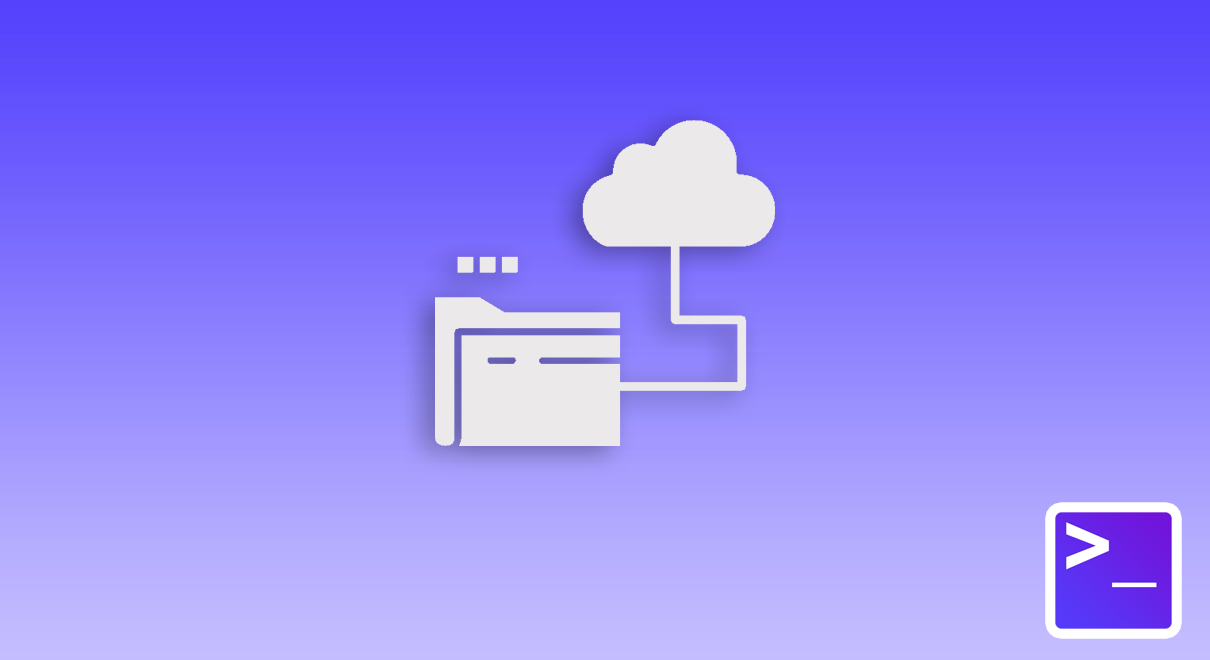Let us find out the true S3 object storage cost in this article. In an era where creation of abundance of data is a new normal, having large data storage is a necessity. Network Attached Storage (NAS) is popular among homes and businesses, to store data locally. To scale storage space easily, cloud is a better choice than local data storage.
What is S3 Object Storage?
Amazon S3 is a scalable object storage system. Because they are the largest object storage vendor, the term S3 is almost synonymous with object storage. Object storage refers to the way in which we organize and work with units of storage (objects). Every object contains three things:
- The data itself. The data can be anything you want to store
- An expandable amount of metadata which contains contextual information about what the data
- Finally, a 128-bit globally unique identifier so the object can be found over a distributed system
Object Storage vs Block Storage
On the other hand, block storage splits files into evenly sized blocks of data. Each block of data has its own address but with no additional information (metadata). In the majority of enterprise workloads, it has a wide variety of uses as seen by the rise in popularity of SAN arrays.
Object storage generally doesn’t provide you with the ability to incrementally edit one part of a file (as block storage does). Objects have to be manipulated as a whole unit, requiring the entire object to be accessed, updated, then re-written in their entirety. That can have performance implications.
Another key difference is that block storage can be directly accessed by the operating system as a mounted drive volume, while object storage cannot do so without significant degradation to performance. The tradeoff here is that, unlike object storage, the storage management overhead of block storage (such as remapping volumes) is relatively nonexistent.
What are the true S3 object storage cost?
For the cost of block storage, it is relatively straight forward. It is simply the cost of owning the SAN arrays. However for S3 object storage, the cost depends on your vendor of choice. Generally, you will have to pay for the following usages.
Amount of Storage
All vendors will charge you by the amount of storage in Gigabytes, Terabytes or Petabytes you are uploading over to them. The larger the data you store, the more you have to pay for it.
Number of Activities
Some vendors will charge you for the number of activities you perform on the S3 object storage. These activities could be your PUT/COPY/POST/LIST/GET/SELECT requests. The more requests you perform, the more you have to pay for it.
Data Transfer
Some vendors will charge you for the amount of data you transfer over the network, to upload your data, and to download these data too.
An important hidden cost: Minimum storage duration
While costs for amount of storage, number of activities and data transfer are all upfront and transparent, one important hidden cost is the minimum storage duration. Depending on your choice of subscription, take Amazon S3 for instance, the minimum storage duration can range up to 180 days. This means you will still have to pay for up to 179 days, if you delete something that you put on their S3 storage for less than a day.
A cheaper storage alternative
Besides S3 storage in the cloud, perhaps a cheaper storage alternative is the likes of Storage VPS. With a Storage VPS, all the costs are upfront and there is no additional charges for the number of activities you perform. There is definitely no minimum storage duration either.
Conclusions
Now that you have examined S3 Object Storage cost, do plan your storage well so as you scale up your data, you do not have to bear the unnecessary and unexpected charges.







